Alexandropol: Life in the “Orphan City”
With more than 20,000 children in residence, what was it like to call the Orphan City home? This dispatch is part of a series on Alexandropol. You can read the first dispatch by clicking here.
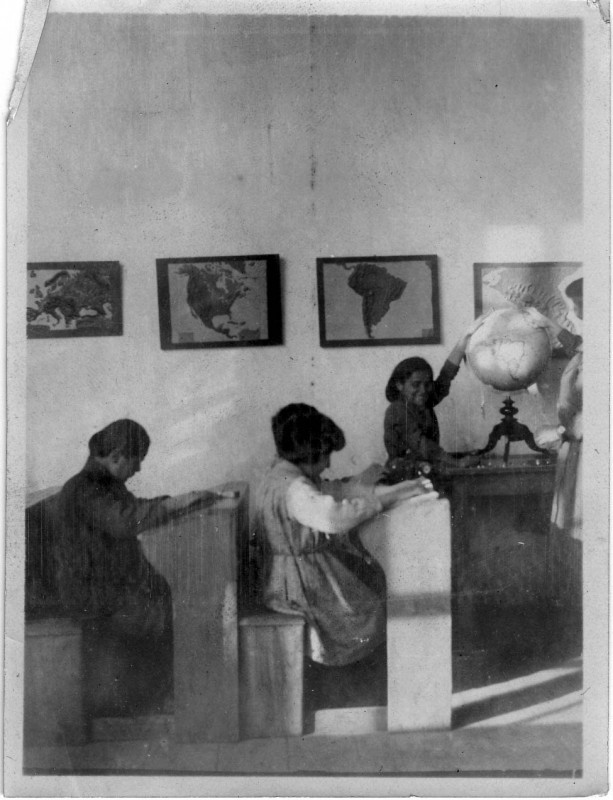
Busy Lives, Busy Minds
A typical day at Alexandropol began with a simple breakfast of cocoa and bread made at the onsite bakery. The children consumed more than 111,000 cans of condensed milk and 4 tons of cocoa per month, as well as 90 tons of bread! In times of scarcity, condensed milk was reserved for sick children only.
After breakfast, it was time for school. The children took classes in subjects like science, math, history, and literature. Books and supplies like chalk, pencils, and paper were luxuries. Some children took art and music lessons as well. Many lessons were held outdoors in fair weather to take advantage of the health benefits of fresh air. The children of Alexandropol received religious education until this practice was barred by the Soviet government. Younger children enjoyed the welcome respite of scheduled playtime.
Lunch and dinner were simple meals that often included food grown in the orphanage gardens. The gardens produced hearty staples like potatoes and onions under the children’s careful tending. Root vegetables were very practical because, unlike fruits and leafy greens, they could be stored indefinitely without any special preservation. The orphanages did not have refrigerators or iceboxes. Dried fruit like apricots and raisins was a sweet treat.
Girls in the garden at Alexandropol, c. 1920.
Skilled seamstresses and Thrifty Wives
The afternoon was devoted to vocational training. Nearly 10,000 girls learned housekeeping and marketable skills. The girls rotated between the kitchens, laundry, and dormitory cleaning crews. All girls took general courses in knitting and sewing. Advanced students learned weaving, dyeing, needlework, and pattern making.
Girls were expected to marry and start their own families upon graduation, and their classes reflected this expectation. A Near East Relief girl should not only be capable of making clothing for her own family; she should also be prepared to contribute to the household income by taking in sewing, or even to earn her own living in the garment trade if necessary. The classes also served an immediate practical purpose: the orphans wore the clothing that the girls made.
Girls sewing in a courtyard at Alexandropol, c. 1920.

Seversky Post was eventually converted to a girls’ industrial school where older girls learned to keep their own small houses (built by the boys from Polygon) in preparation for a future as farmers’ wives. The girls purchased supplies at a “market;” raised lambs, chickens, and goats; and kept track of household accounts.
This training was designed to prepare young women to contribute to the household economy when they were married. Women could produce butter, honey, and eggs while tending to their children in the home rather than laboring in the fields. These items could be sold or traded with neighboring farmers for other goods, leading to a thrifty household and a well-fed community.
Older girls were taught to care for younger orphans so that they would be prepared to raise their own little ones when the time came. Children in the orphanages did not have the experience of growing up in a family setting, or the knowledge that comes from watching their parents raise children — although many had become guardians to their siblings at a young age.
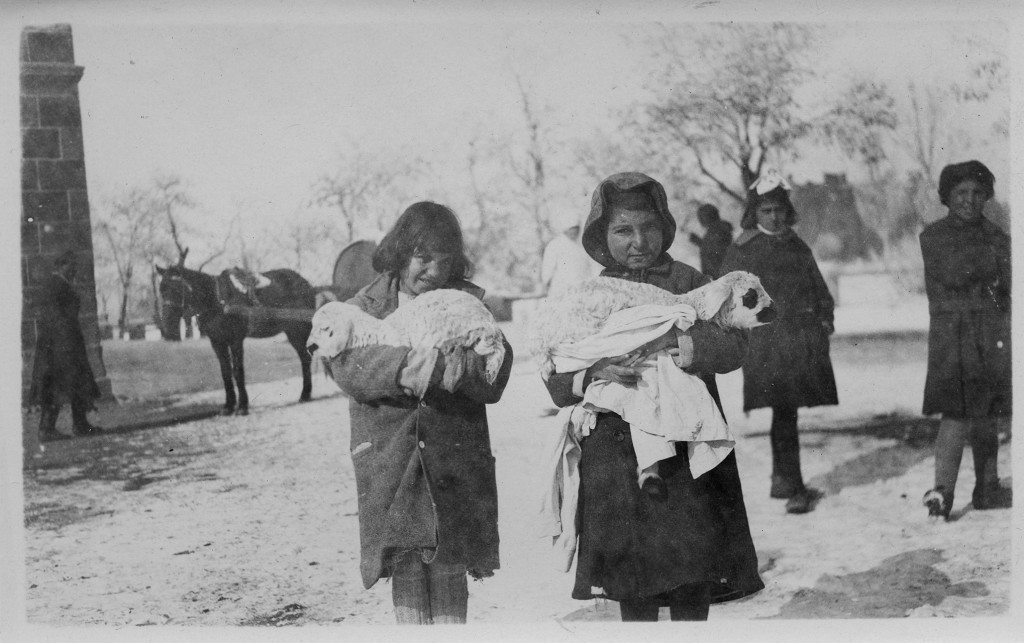
Girls with lambs, c. 1920.
Revitalizing Agriculture
Vocational training for the boys of Alexandropol focused on agriculture. The Genocide and subsequent refugee crisis had destroyed the agricultural system in Asia Minor. Without adults to farm the land, there were neither crops nor seeds. Adult refugees were eager to work, but they were unfamiliar with the climate and terrain in the Caucasus. The Armenian government granted 17,000 acres of land to Near East Relief for the purpose of renewing agriculture. As part of this initiative, Near East Relief created an agricultural school for 5,000 boys at Alexandropol’s Polygon Orphanage.
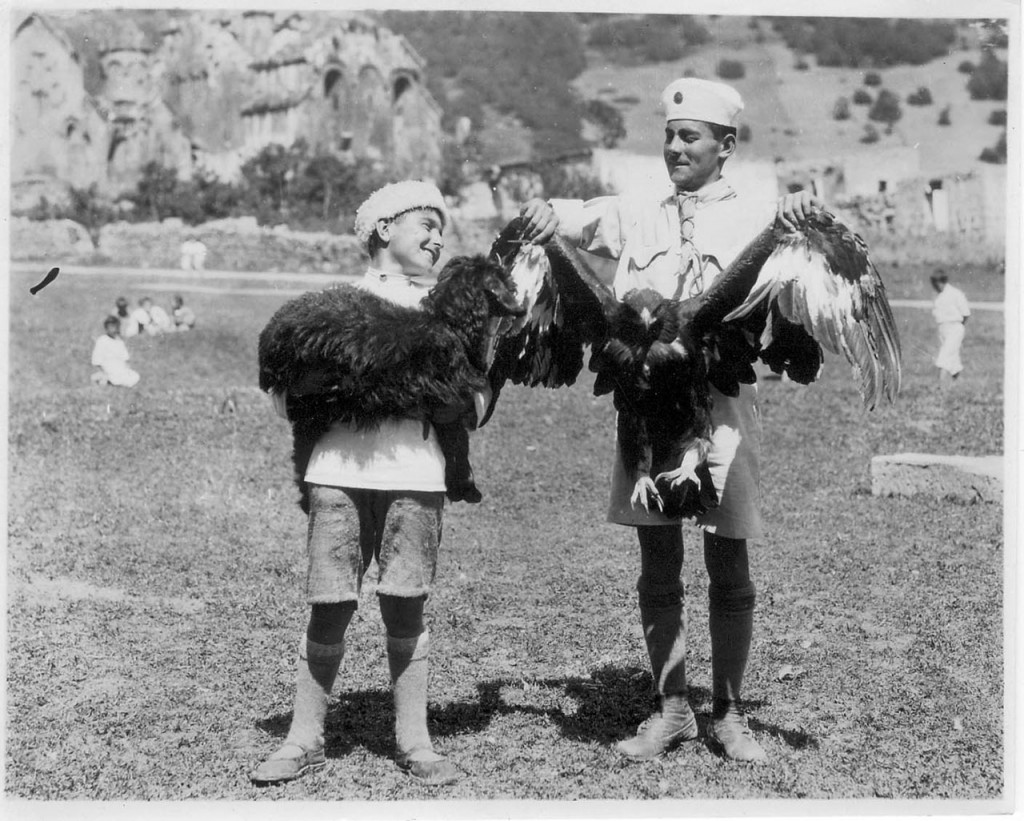
Boys with animals in Alexandropol, c. 1922. The boy on the right wears a Scout uniform.
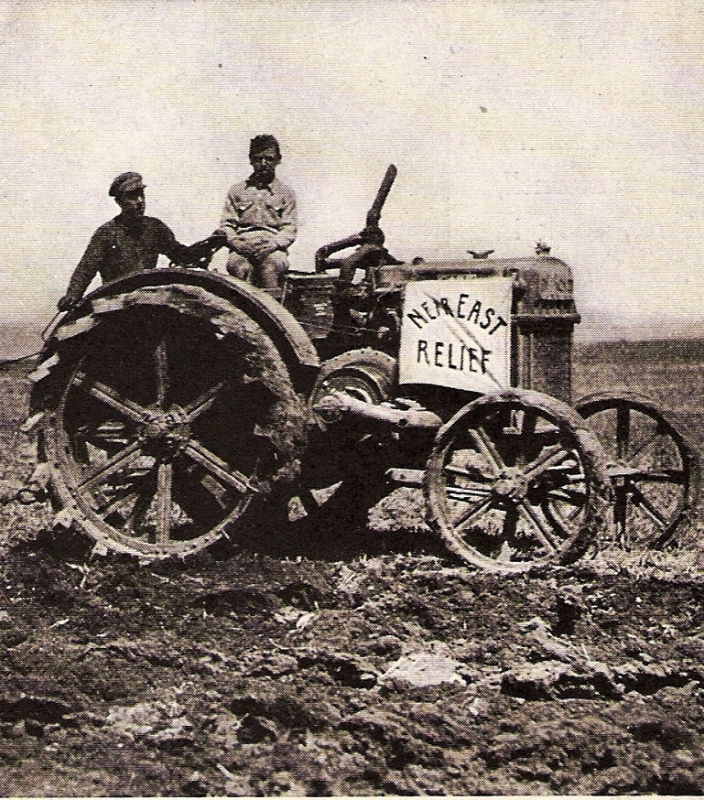
Life on the New Frontier
The Polygon Agricultural School adapted American techniques and equipment to the mountainous terrain of the Caucasus region. Boys learned to cultivate wheat and corn (a new crop in the Caucasus) from seeds donated by American farmers. They raised animals to help replenish the local livestock supply. In their leisure time, many boys participated in the Boy Scouts.
Boys could also study trades like auto mechanics, blacksmithing, bookbinding, carpentry, tailoring, shoemaking, and pottery. Like the girls, the boys’ workshops played a vital role in outfitting the orphans. The boys of Polygon Orphanage made more than 400 garments and 90 stockings per day in 1922. Alexandropol’s young cobblers produced an astonishing 5,500 pairs of shoes per week in 1923. Anything that wasn’t worn in the orphanage was sold in the surrounding community.

Boys displaying knit socks that they re-soled themselves, c. 1920.
Tragedy Strikes
The Soviet government renamed the city Leninakan in 1924 in honor of Vladimir Lenin. In October 1926, a massive earthquake struck the Caucasus region. Relief workers led the 9,000 children living in the Alexandropol complex to safety. Older children sang Armenian folksongs to distract the younger children from the frightening events.
The orphanage buildings sustained comparatively little damage, but the earthquake displaced 100,000 people. Many of them were former refugees who had spent years building a new life. The widespread suffering was comparable to that which followed the burning of Smyrna in 1922. Disease and hunger were rampant. Near East Relief turned over the Alexandropol bakery to the government to provide food for refugees.
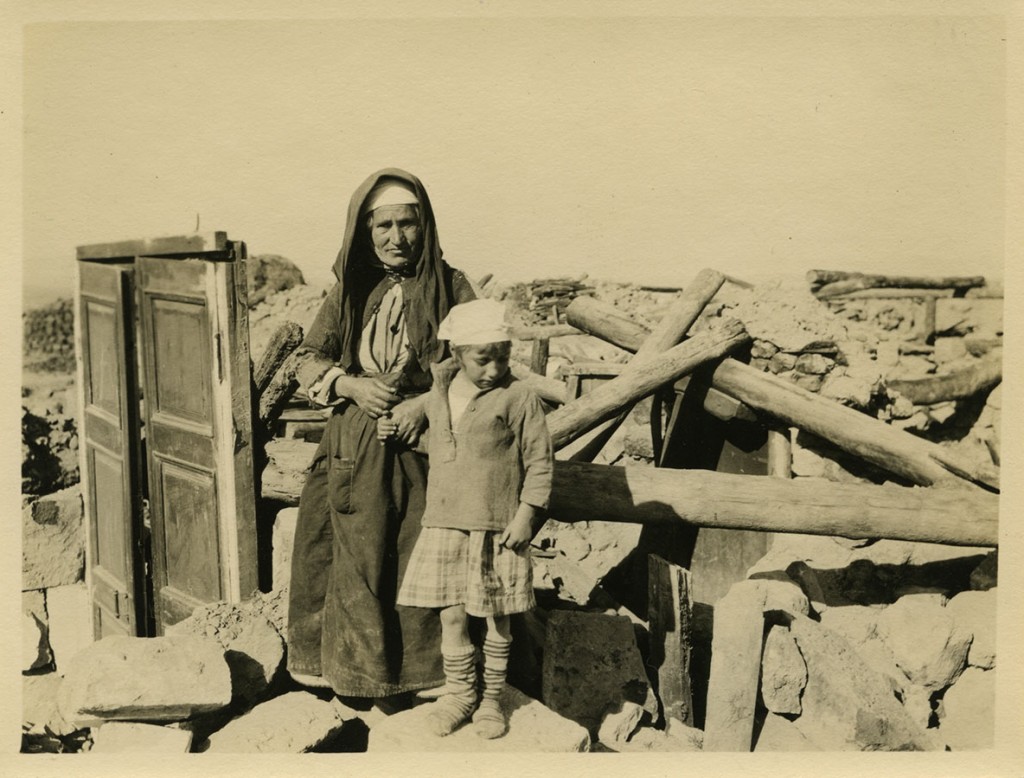
Woman and child in the ruins of a house after the 1926 earthquake.
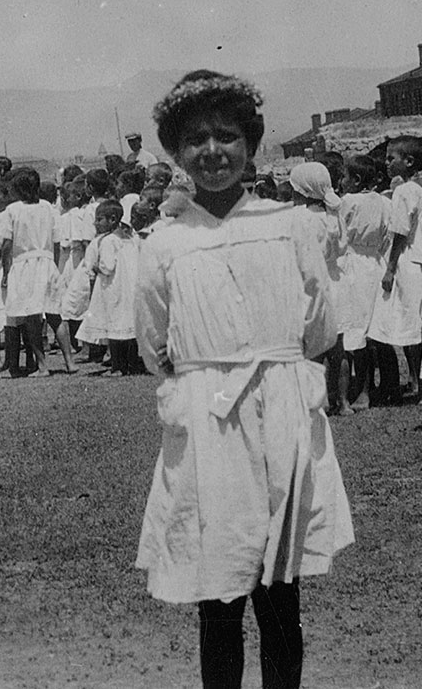
Changes for Alexandropol
By the end of 1928 the number of children in Near East Relief”s full or partial care had dropped from 100,000 to 20,000. This was accomplished by placing children with families or in self-supporting occupations.
Fewer than 4,000 children remained in the orphanage system throughout the Near East. Operations in Alexandropol were consolidated at Polygon Post, where Near East Relief continued to operate the farming school and a school for educating new teachers.
The orphanage complex at Alexandropol (now Gyumri, Armenia) was a home and a refuge to tens of thousands of children over the course of a decade. In the halls of the former army buildings, a generation of children did so much more than survive.
They lived.
They learned.
They flourished.

Girls at Kazachi Post, c. 1920. The church is visible in the background.
